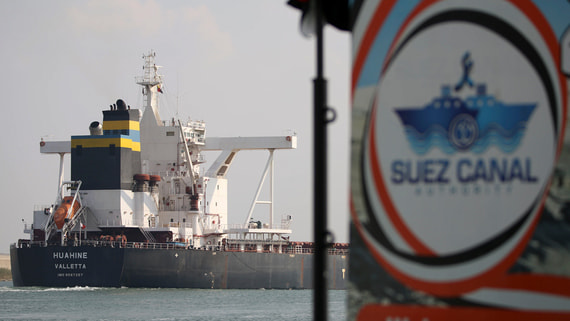
Experts from IIF have reminded that in October, at the beginning of the war between Israel and Hamas, three scenarios for the development of the conflict were modeled: the operational decapitation of Hamas and the release of hostages, a large-scale operation with the potential expansion of the conflict to other regions, quick ceasefire and peaceful agreement. So far, everything is going according to the second, most dangerous scenario, noted in IIF. Strikes by the Iranian “Axis of Resistance” on US military targets, on ships passing through the Bab el-Mandeb strait, and the West’s reaction to these actions have significantly exacerbated the situation, analysts write.
The history of the Middle East conflicts
The Middle East has long been a region plagued by conflicts and turmoil, with its complex history of religious, cultural, and political tensions. In order to understand the current state of affairs in the Middle East, it is important to delve into its tumultuous past.
One of the oldest conflicts in the region dates back to the Arab-Israeli conflict, which began with the establishment of the state of Israel in 1948. The creation of Israel sparked a series of wars and tensions between Israel and its Arab neighbors, including Palestine, Lebanon, Syria, and Egypt. The ongoing struggle for land and resources has resulted in several devastating conflicts, such as the Six-Day War in 1967 and the Yom Kippur War in 1973.
In addition to the Arab-Israeli conflict, the Middle East has also been plagued by sectarian violence and civil wars. The Iran-Iraq War, which lasted from 1980 to 1988, saw the two countries engaged in a bloody conflict that resulted in hundreds of thousands of casualties. More recently, the Syrian Civil War, which began in 2011, has led to one of the worst humanitarian crises of the 21st century, with millions of people displaced and killed.
Another key conflict in the region is the ongoing struggle against terrorism, particularly by extremist groups such as ISIS and Al-Qaeda. These groups have carried out numerous attacks in the Middle East and around the world, leaving a trail of destruction and chaos in their wake.
The Middle East is also home to geopolitical tensions between regional powers such as Saudi Arabia, Iran, and Turkey. These countries have competing interests and alliances, leading to proxy wars and conflicts that further destabilize the region.
Despite the long history of conflicts in the Middle East, there have been moments of hope and progress. The peace agreements between Israel and Egypt in 1979 and Jordan in 1994 signaled a shift towards a more peaceful future. However, achieving lasting peace and stability in the Middle East remains a daunting challenge.
In conclusion, the history of conflicts in the Middle East is complex and multifaceted, with deep-rooted tensions that continue to shape the region to this day. Understanding this history is crucial in order to work towards a more peaceful and prosperous future for the people of the Middle East.



[…] The economic consequences of the conflict in the Middle East: an assessment by IIF experts […]